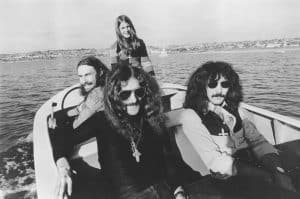The Story Behind ‘Pride And Joy’ By Stevie Ray Vaughan
Stevie Ray Vaughan, often regarded as one of the last great modern bluesmen, first launched his recording career in 1983. However, it was cut short during his untimely death in 1990 in a helicopter crash after performing at the Alpine Valley Music Theatre in East Troy, Wisconsin.
Vaughan became famous for his robust Texas blues and blues-rock style reflecting his preference for a robust tone. It was characterized by a distinctive sound emanating from his beloved Stratocaster strung with unusually heavy 0.013 gauge strings.
After key members left the band Triple Threat Revue in 1978, Lou Ann Barton and Vaughan renamed the band Double Trouble, inspired by the song of the same name by blues guitarist Otis Rush. When Barton departed in 1979, Vaughan, along with drummer Chris Layton and bassist Jack Newhouse, continued as Stevie Ray Vaughan and Double Trouble, now operating as a powerful trio with Vaughan assuming lead vocals.
The bluesy shuffle “Pride And Joy” was Vaughan’s breakthrough composition inspired by a new romantic relationship. This track served as the lead single from his debut album Texas Flood, recorded in just three days at Jackson Browne’s studio in Los Angeles.
The infectious energy of “Pride and Joy” was widely accepted, propelling the track to No. 64 on the Billboard 200 and No. 38 on the Top 200 Pop Albums charts. The song’s success established Vaughan as a formidable force in blues music. His impact blues-style talent was further recognized with Grammy nominations for Best Blues Recording, alongside “Rude Mood” nominated for Best Blues Instrumental Performance.
Steve Ray Vaughan’s legacy endures with his unique guitar prowess and passionate performances. He is also remembered as among those who redefined blues music for a new era. His brief but brilliant career continues to inspire and influence generations of musicians making him one of the most talented blues legends.













